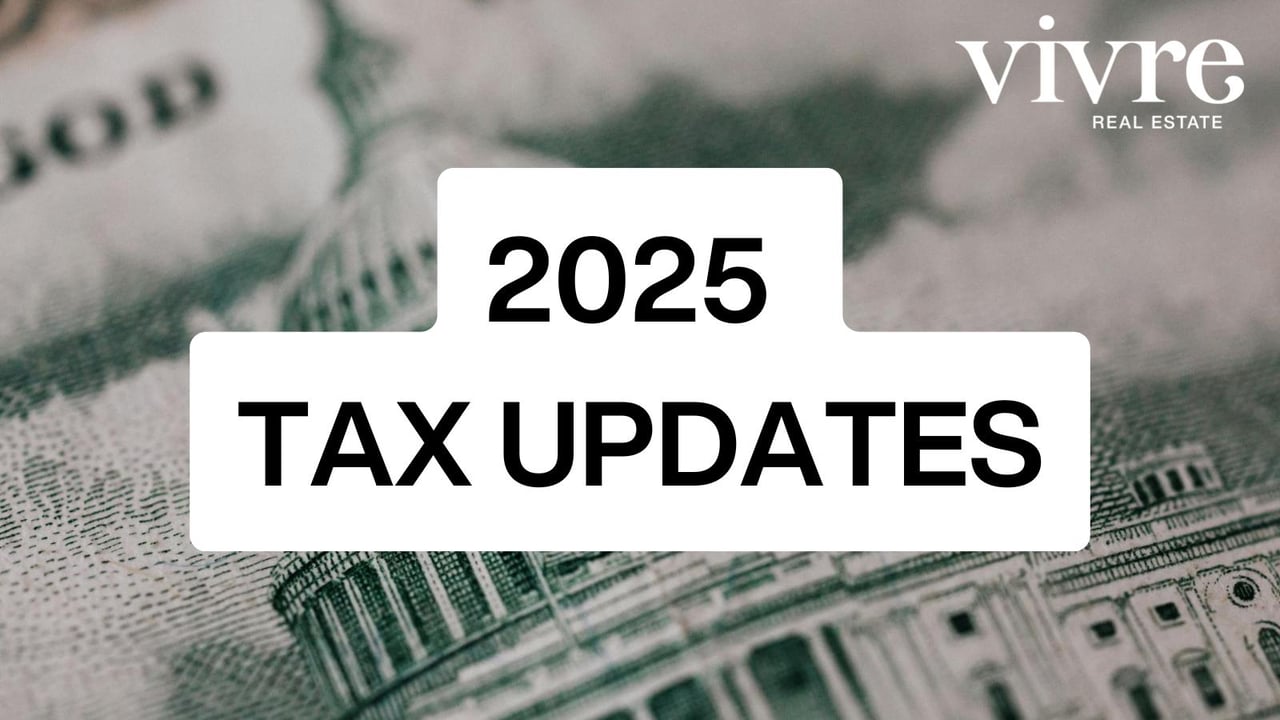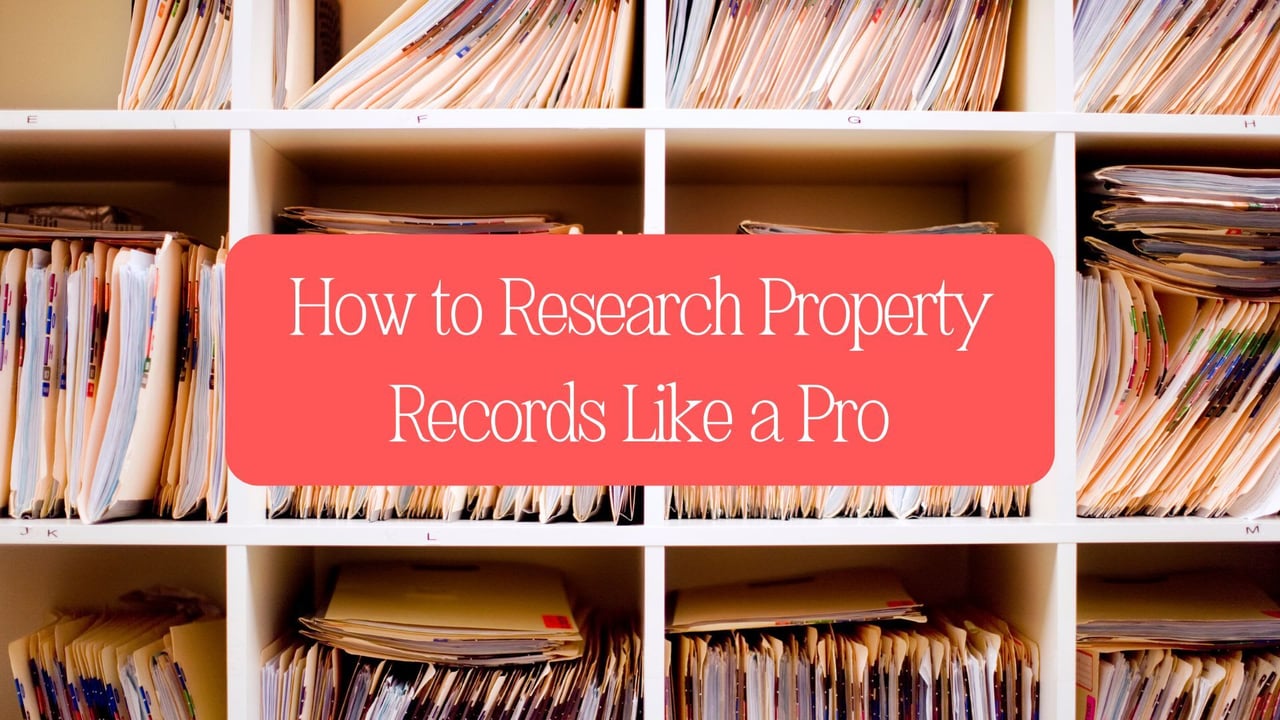Holiday Season Home Buying: San Francisco's Best-Kept Real Estate Secret
Katie Moss | November 14, 2024
Buying a Home

Katie Moss | November 14, 2024
Buying a Home

If you're house hunting in San Francisco, you might think spring and fall are your best bet. That's when most buyers start their searches – the weather is nicer for open houses, and inventory typically peaks. But what if I told you that the "slow" end-of-year months are your ticket to a better deal and a less stressful buying experience?
Just between us, here's a little secret about buying in San Francisco. While everyone else is waiting for spring, savvy buyers know that the year-end months hold some surprising advantages. This isn't just a hunch – looking at five years of San Francisco home sales, the pattern is clear. Let's break down why this time could be your secret weapon for landing your dream home in San Francisco.
First, let's talk about what matters most to many San Francisco buyers: the price. During holiday months, the median price per square foot consistently dips to its annual lows. While spring and summer often see median prices soaring above $1,100 per square foot, January median prices typically hover around $950-975 per square foot. That's a difference of $150 per square foot – which can add up to significant (hundreds of thousands $$) savings on your purchase.
But it's not just about the price per square foot. Year-end brings another financial advantage: better negotiating power. During peak seasons, San Francisco homes regularly sell for 6-11% above asking price. However, that number dips starting in November where the typical sale price is below the initial list price. This shift in negotiating dynamics could save you hundreds of thousands of dollars on your purchase.
One of the biggest challenges in SF's real estate market is the fierce competition among San Francisco home buyers. But here's when buyers have an edge: while everyone else is focused on holiday shopping or waiting for spring, you'll face significantly less competition.
The data shows that January averages just 282 home sales across San Francisco, compared to peak months that see over 500 sales. What does this mean for you? Fewer multiple-offer situations, less pressure to waive contingencies, and a better chance of having your offer accepted without entering a bidding war.
While spring is the busy season for most real estate markets, San Francisco get another significant push in the fall. (It is truly a year-round affair!) Every September, as top SF Realtors, we see a surge of new listings hit the market – nearly double the monthly average. Some of these properties don't sell right away and become leftover inventory heading into the holiday months. These lingering San Francisco homes for sale, combined with properties that enter the market during these months, typically show longer "days on market" statistics – averaging 38 days in December and 51 days in January, compared to the lightning-fast 15-20 days typical in spring and summer.
This extended time-on-market often translates into meaningful negotiating opportunities with the advice of your best San Francisco real estate agent:
Remember though – Well-priced homes in sought-after locations will still create competitive situations, regardless of the season. The key is understanding your options, having a game plan, and being ready to act decisively while using seasonal market dynamics to negotiate more effectively.
Here's an insider secret from our top SF buyer agents: the end of the year in San Francisco harbors a significant amount of "shadow inventory" – properties that are either vacant or soon-to-be-vacant, but haven't hit the market yet. The numbers tell an interesting story:
New listings typically plummet to annual lows in December (averaging just 191 new listings)
Each year, January sees a dramatic surge in new listings
This represents the largest month-over-month increase of the year
This clear pattern suggests what the best San Francisco real estate agents have long known: many San Francisco home sellers strategically hold their listings until after the new year. This creates a hidden pool of upcoming inventory that savvy buyers can tap into before the properties officially hit the market.
This is where working with a well-connected San Francisco buyer's agent becomes crucial. Top real estate agents in SF often know about:
While other buyers are scrolling through limited online listings, connected top SF real estate agents can give you early access to properties before they hit the competitive spring market. This "preview" opportunity often leads to more relaxed negotiations and better deals to buy your San Francisco home, as both parties can avoid the frenzy of multiple offer situations.
If you're convinced that this season might be your opportunity, here are some tips to make the most of it:
While spring and summer will always be popular times to buy in San Francisco, the data clearly shows that the holiday season offers unique advantages for strategic buyers. Lower prices per square foot, better negotiating power, less competition, and more motivated sellers – these factors combine to create a potentially perfect buying opportunity.
Remember, San Francisco's real estate market is always competitive, regardless of the season. But if you're willing to bundle up and brave the (slightly) colder weather, you might just find that the cooler months offer the warmest welcome to homeownership in our beautiful city.
Looking to start your San Francisco home search? Let's connect and create a strategy that takes advantage of these seasonal opportunities. You can find my details on my contact page, or reach out directly and contact us here. We look forward to speaking with you!
Stay up to date on the latest real estate trends.

Simple changes. Stunning results. How staging transformed one San Francisco home sale.

How the AI boom is driving one of San Francisco's strongest housing markets in years.

SF real estate evolves again.

New federal deductions could impact your bottom line.

San Francisco's 2024 real estate highs and lows, from luxury mansions to budget-friendly condos.

Ho-ho-home for the holidays! 🎁 (We're gonna need a bigger bow...)

Buying a home in San Francisco? Don't let a property's past haunt your future.

We're in our "falling head over heels for historic homes" era.

When is the San Francisco real estate market most active? We dive into the data to learn seasonal trends and how to be strategic about buying and selling.
You’ve got questions and we can’t wait to answer them.